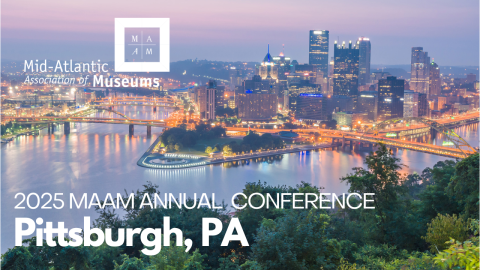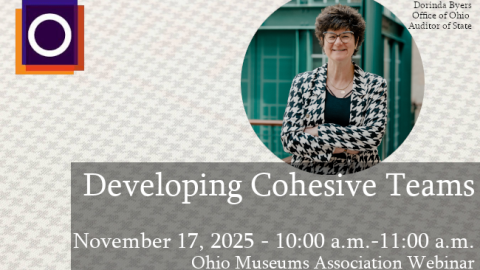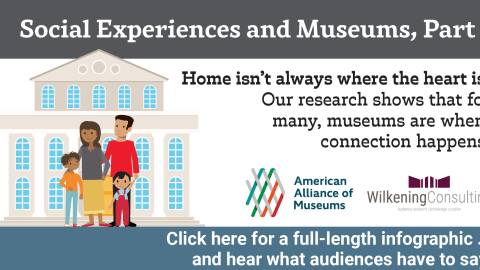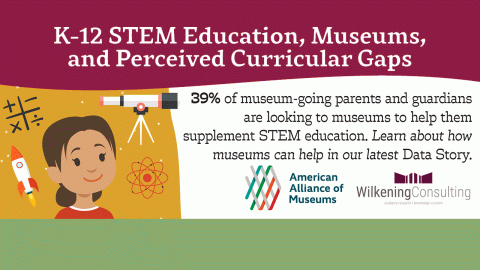
As the Alliance’s designated futurist, I’m often asked by journalists to comment on how this or that museum practice has changed over time. I’m often embarrassed (and frustrated) to admit I don’t know. It’s hard to track trends in museum work because so much of what we do remains unmeasured and undocumented. And yet, without benchmarks, our sector is unable to assess our progress towards important goals. It is particularly difficult to gauge how far we’ve come with respect to diversity, equity, accessibility, and inclusion. In this essay, Donna Sack of the Naperville Heritage Society and Susie Wilkening of Wilkening Consulting invite history organizations—as well as museums of other disciplines who find this work relevant—to begin a benchmarking process for inclusive history in our field. (They also are sharing an opportunity to participate in free audience research for your museum. We like free.)
–Elizabeth Merritt, VP Strategic Foresight & Founding Director, Center for the Future of Museums
Imagine you have just begun a new job at a local history organization. The community is growing. You see young families everywhere. And the racial and ethnic composition of the community is changing dramatically; it is now nearly 50% people of color. Part of the museum’s mission says that you will “educate a diverse public.”
96% of your visitors, however, are white.
How can this be, you ask yourself? So you start paying attention to the programs being presented and the exhibitions being shared. It’s pretty clear why: the history your local organization is presenting is about whites, for whites.
You begin to ask questions. Why aren’t you sharing the stories of the Mexican immigrants who began arriving to your community in the 1980s? Or that a Chinese family seemed to be the first to integrate your community in 1952, when they opened a restaurant? But really, you find that 251 African Americans were violently expelled one cold November night in 1906, when your community went sundown.
You also discover that other staff and the board would prefer you not to bring these subjects up. The status quo is just fine, thank you very much.
Oh my.
Are we presenting an extreme (albeit fictional) example of how history museums are not presenting as inclusive a history narrative as they could? Perhaps. But here’s the thing: we don’t know.
To date, there have been no significant efforts to benchmark the work of history organizations to collect and share inclusive history. No way to know struggles or successes in our work to share unheard voices, multiple perspectives, or the discriminatory practices which make up the vibrant, complicated histories of our communities and our country. Some organizations are doing this work extremely well (and have been for some time) while others are working to catch up. And some organizations may not think that inclusive history has a place in their content. Whichever the case, we need to capture current practice now in order to track changes over time.
Additionally, there have been no comprehensive, national studies of how receptive audiences may or may not be to inclusive history. What are the audience barriers to engaging with the full history of our communities? How should we deal with different perspectives on what should be shared? And can we get to the bottom of those “revisionist history” charges to develop tactics for sharing inclusive history?
We are ready to do this work, but we need YOUR help to get there.
Thanks to an IMLS National Leadership Grant, the Naperville Heritage Society (Naperville, Illinois) is spearheading a multi-phase research project on the inclusive history museum. This research is being carried out by Wilkening Consulting, and includes two initial phases:
- Inclusive History Organizational Practice Benchmarking Survey. Help us benchmark the 2018 state of inclusive practice by taking this survey. You should note:
- It will take about 20 minutes to complete
- You can download a copy of the survey in advance, so you can track down answers in advance
- Museums representing other disciplines with history- related collections, such as art and natural history museums, are welcome to participate in this research as well
CLICK HERE TO BEGIN THE INCLUSIVE HISTORY ORGANIZATIONAL PRACTICE BENCHMARKING SURVEY
- Free Research Opportunity: Audiences and Inclusive History. This national survey of museum-goers will give participating museums insight into how their audiences may respond to the inclusion of different viewpoints, new interpretations of history, and the presentation of a more inclusive history of their community or site. The survey will include:
- History and its relevance
- Meaning-making in history museums and historic sites
- Trust and history organizations
- Presentation of multiple viewpoints
- Questions of neutrality or taking a stand
- Revisionist history, and what that phrase seems to mean
Organizations that are selected to participate in this research opportunity must agree to send out an email blast to their contact list (as well as communicating via as any other methods they choose) in September 2018. Each participating organization will receive their confidential results in late fall, and have an opportunity to discuss those results directly with Susie Wilkening, the researcher for this project.
To volunteer to participate in this research, please complete the Inclusive History Organizational Practice Benchmarking Survey, and indicate your interest at the end of the survey.
The overall results from all phases of research will be shared with the field beginning in 2019 via presentations, articles, online resources, and a webinar. The American Association of State and Local History will be the final repository for the benchmarking data, making it widely available for future studies.
We are looking forward to sharing what we learn throughout this multi-phase research project, and we thank you for helping us get there with your thoughts and insights.
Donna Sack is Vice President, Community Engagement and Audience, at Naper Settlement in Naperville, Illinois, which has embarked on a national interpretive project on sundown towns and restrictive housing practices in America. She can be reached at sackd@naperville.il.us.
Susie Wilkening (@susiewilkening) is principal at Wilkening Consulting, and is leading the audience research phases for the sundown towns project on behalf of Naper Settlement. If you have any questions about the research project on the inclusive history museum , and your museum’s participation, please contact Susie Wilkening at susie@wilkeningconsulting.com.







